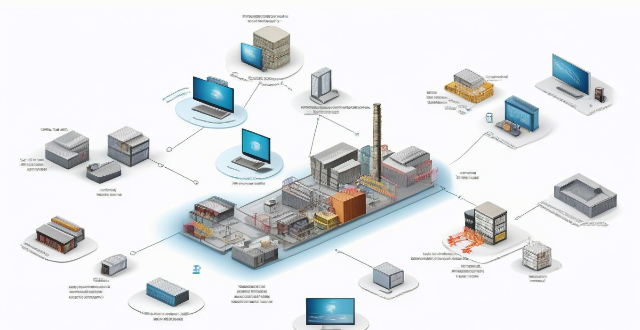Huawei's 5G base station technology supports IoT applications by providing high-speed data transmission, low latency, wide coverage area, scalability, and energy efficiency. These features are essential for real-time data processing, quick reactions in autonomous vehicles, extensive deployment in smart cities, handling a large number of devices in industrial automation, and extending the lifespan of battery-powered IoT devices.

Huawei's 5G Base Station Technology Support for Internet of Things (IoT) Applications
Huawei's 5G base station technology plays a crucial role in supporting the development of Internet of Things (IoT) applications. The following are some ways in which Huawei's 5G base station technology supports IoT applications:
High-Speed Data Transmission
One of the key features of Huawei's 5G base station technology is its ability to support high-speed data transmission. This is essential for IoT applications that require real-time data processing and analysis. With 5G, IoT devices can transmit large amounts of data quickly and efficiently, enabling faster decision-making and improved performance.
Low Latency
Huawei's 5G base station technology also offers low latency, which is critical for many IoT applications. Low latency means that there is minimal delay between when a device sends a signal and when it receives a response. This is particularly important for applications such as autonomous vehicles, where quick reactions are necessary to avoid accidents.
Wide Coverage Area
Another advantage of Huawei's 5G base station technology is its wide coverage area. This means that IoT devices can be connected over larger distances, allowing for more extensive deployment of IoT solutions. This is particularly useful for applications such as smart cities, where IoT devices need to be distributed across a vast area.
Scalability
Huawei's 5G base station technology is highly scalable, meaning that it can handle a large number of IoT devices simultaneously. This is essential for applications such as industrial automation, where thousands or even millions of devices may need to be connected at once.
Energy Efficiency
Finally, Huawei's 5G base station technology is designed to be energy-efficient. This is important for IoT applications because many IoT devices are battery-powered and need to operate for extended periods without recharging. By reducing energy consumption, Huawei's 5G base station technology helps to extend the lifespan of IoT devices and reduce overall operating costs.
In conclusion, Huawei's 5G base station technology provides several key benefits that support the development of Internet of Things (IoT) applications. These include high-speed data transmission, low latency, wide coverage area, scalability, and energy efficiency. As IoT continues to grow in importance, these features will become increasingly critical for ensuring the success of IoT solutions.